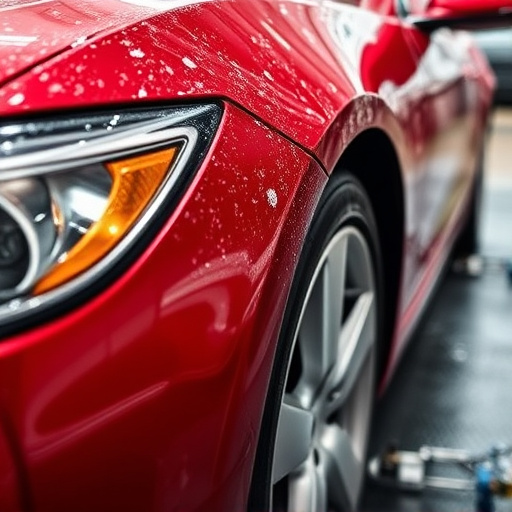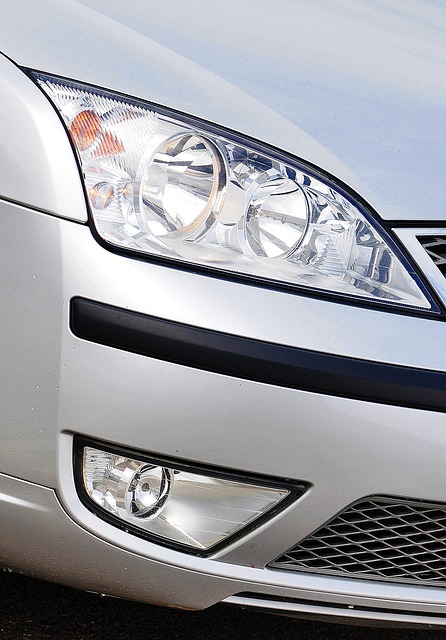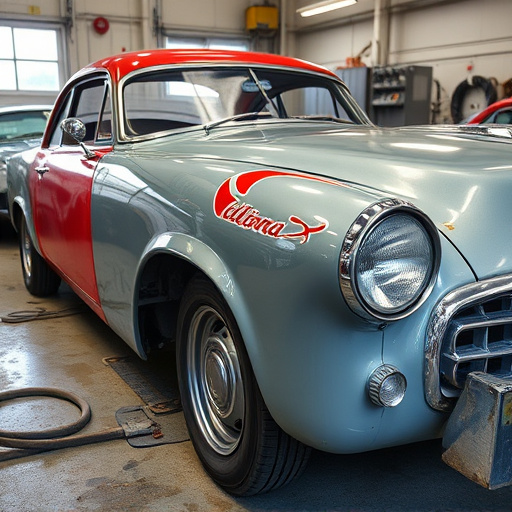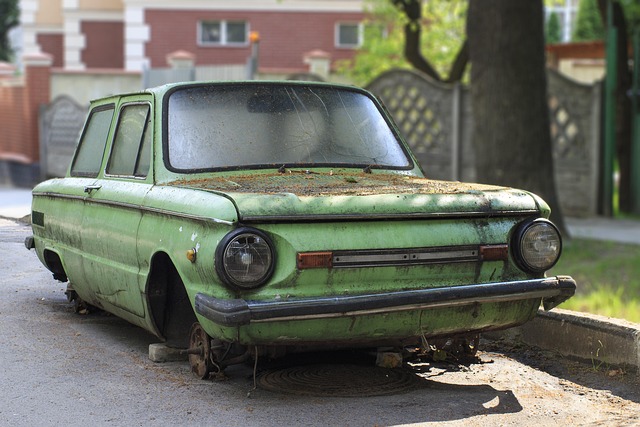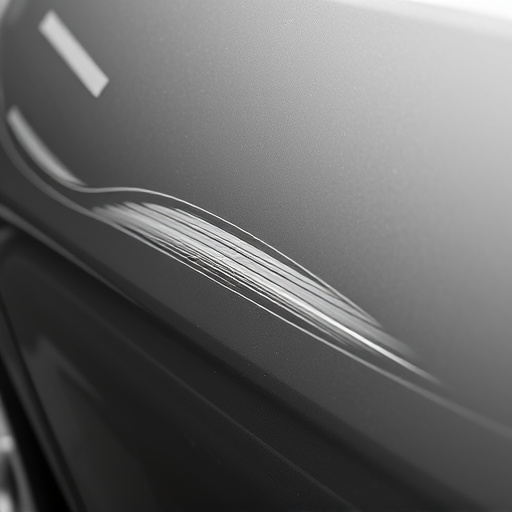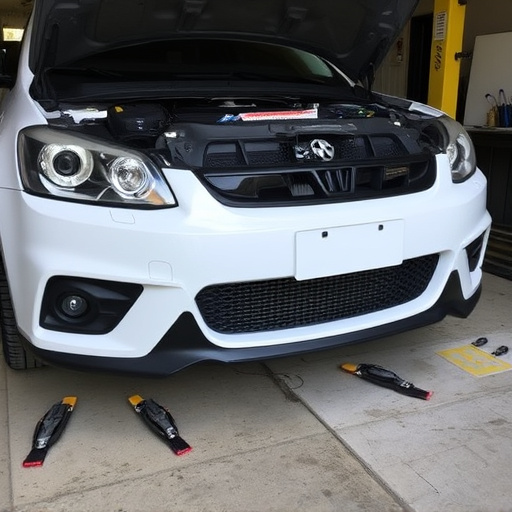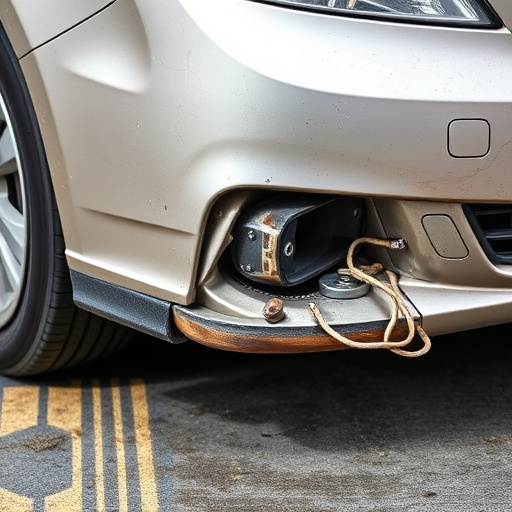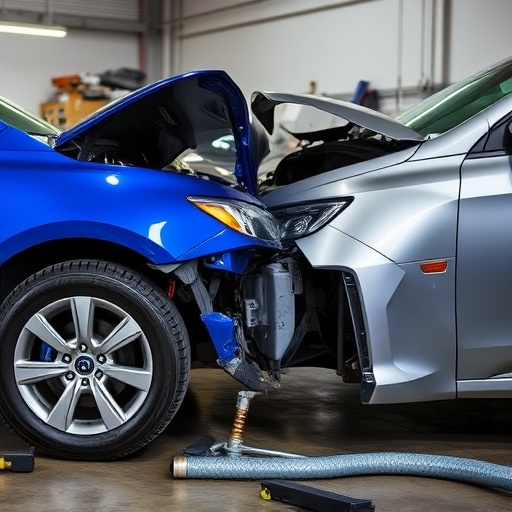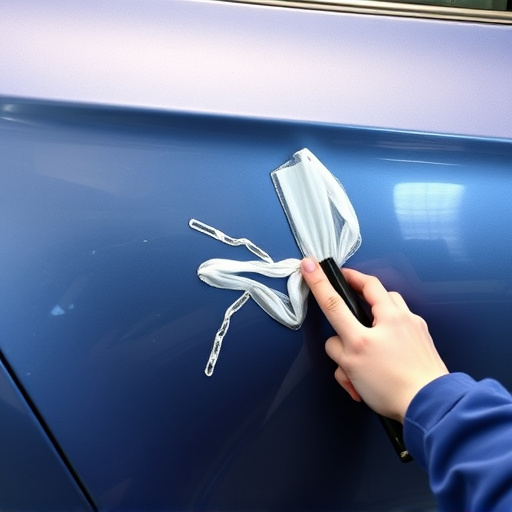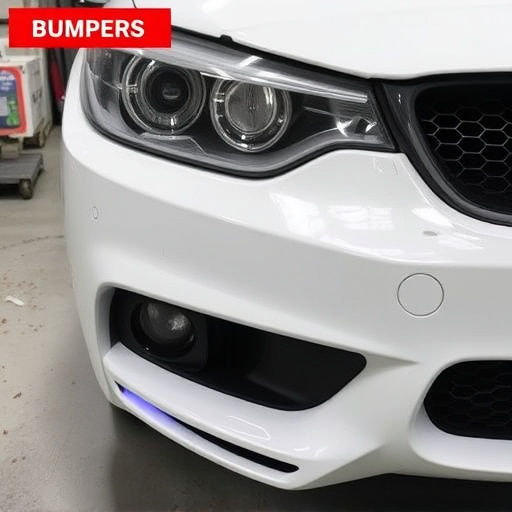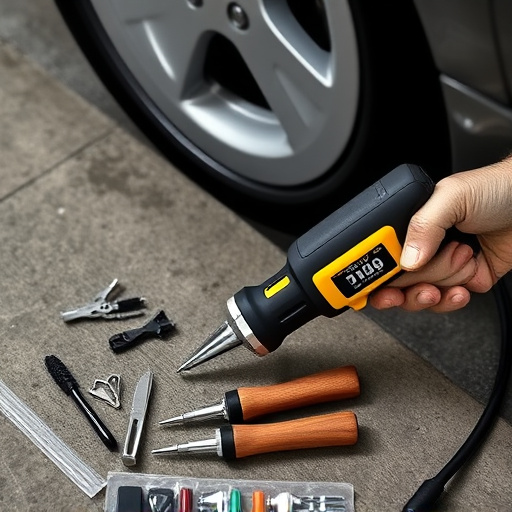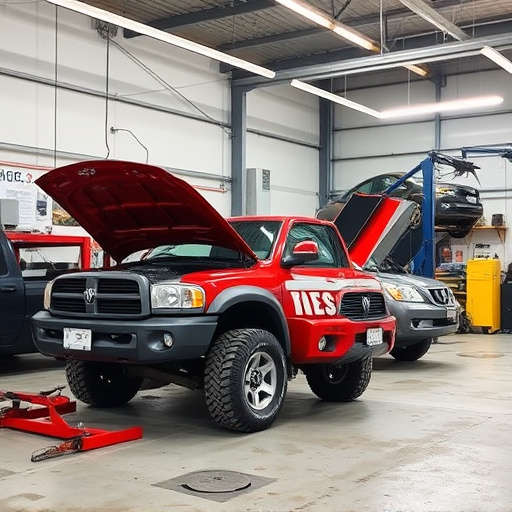Mercedes night vision calibration enhances vehicle safety with advanced cameras and thermal imaging, detecting obstacles in low light. This rigorous process optimizes system performance by inspecting lighting, testing sensitivity, contrast, and resolution, ensuring accurate visuals. It integrates detailed information on displays, improving driver reaction times in variable lighting conditions, and setting modern safety standards for automotive body shops.
Mercedes’ cutting-edge Night Vision technology is a game-changer for nighttime driving, enhancing safety and visibility. This advanced system uses thermal imaging to detect objects and pedestrians in low-light conditions. The article delves into the intricate process of Mercedes night vision calibration, detailing how it fine-tunes the system for optimal performance. We explore its seamless integration with the display interface, transforming data into actionable insights for drivers, ultimately enriching their experience on the road.
- Mercedes Night Vision Technology: A Comprehensive Overview
- Calibration Process: Ensuring Optimal Performance
- Display Interface Integration: Enhancing Driver Experience
Mercedes Night Vision Technology: A Comprehensive Overview
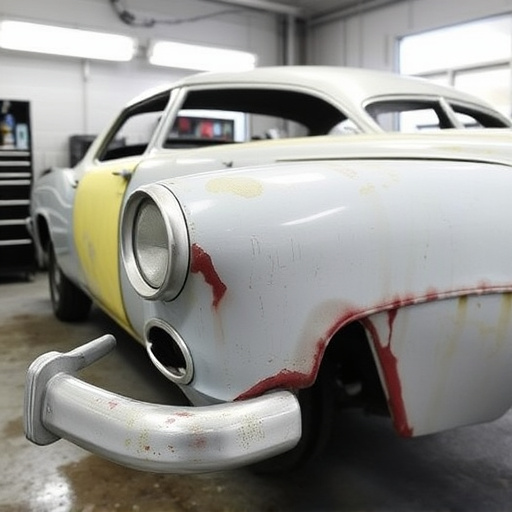
Mercedes Night Vision technology is a cutting-edge feature designed to enhance driver safety and visibility during low-light conditions. This innovative system utilizes advanced camera systems and thermal imaging to detect and highlight obstacles, pedestrians, and potential hazards on the road ahead. By integrating with the vehicle’s display interface, it provides drivers with a comprehensive, real-time view of their surroundings, even in complete darkness.
The process begins with precise calibration, where specialized technicians adjust the night vision camera to align perfectly with the car’s headlights. This ensures that the displayed image is clear and accurate, offering drivers a heightened sense of awareness. A well-calibrated Mercedes Night Vision system allows owners to navigate through nighttime driving with confidence, making it an invaluable asset for any automotive body shop or collision center aiming to offer top-tier safety features for their clients’ vehicles.
Calibration Process: Ensuring Optimal Performance
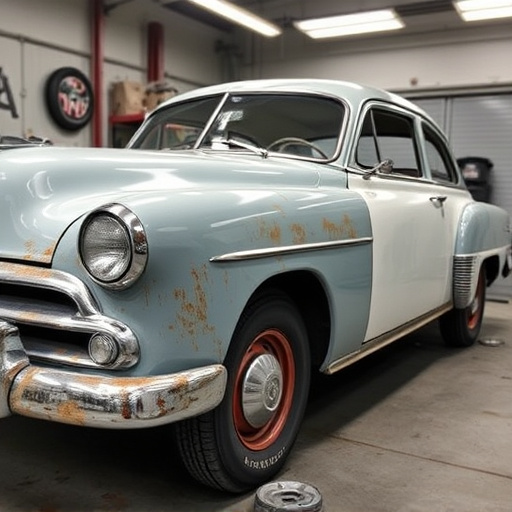
The process of Mercedes night vision calibration is a meticulous procedure designed to ensure optimal performance from this advanced driver-assistance system (ADAS). It involves several crucial steps, beginning with a thorough inspection of the vehicle’s lighting and sensor systems. Skilled technicians at an automotive body shop will carefully evaluate each component, ensuring that all lights—including headlights, taillights, and fog lamps—are functioning correctly and emitting the appropriate intensity. This initial assessment lays the foundation for precise calibration.
Subsequent to this evaluation, the night vision system is subjected to a series of tests in controlled environments. These simulations replicate various driving conditions, allowing technicians to adjust settings like sensitivity, contrast, and image resolution. By fine-tuning these parameters, the automotive body shop guarantees that the Mercedes night vision system provides clear, safe, and accurate visuals—even under low-light or adverse weather conditions. This meticulous calibration process is vital for maintaining not just the integrity of the vehicle’s safety features but also its overall performance on the road.
Display Interface Integration: Enhancing Driver Experience
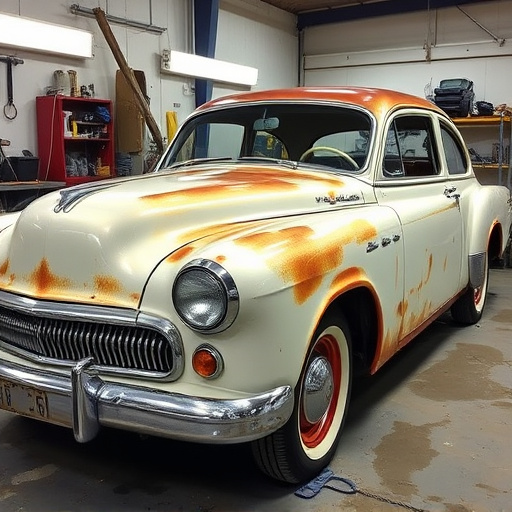
The seamless integration of Mercedes Night Vision Calibration with the display interface is a significant advancement in enhancing the driver’s experience. This innovative technology ensures that drivers have optimal visibility, even in low-light conditions, thanks to advanced cameras and sophisticated software algorithms. By calibrating the night vision system to work in harmony with the vehicle’s display interface, Mercedes offers a unique advantage on the road, providing drivers with a clear and detailed view of their surroundings.
This integration goes beyond just functionality; it adds a layer of safety and convenience. The display interface shows critical information alongside the night vision feed, allowing drivers to quickly process and react to their environment. This is particularly beneficial in urban areas where sudden changes in lighting conditions are common. An automotive body shop or vehicle bodywork specialist would appreciate the role of this technology in ensuring vehicle repair services meet modern safety standards, as it enhances overall driver satisfaction and peace of mind.
Mercedes night vision calibration is a critical process that ensures the seamless integration of advanced driver-assistance systems (ADAS) with the vehicle’s display interface. By accurately calibrating the night vision technology, drivers can benefit from enhanced visibility and safety during low-light conditions. This process involves precise adjustments to ensure the system provides accurate and reliable data, ultimately improving the overall driving experience. Regular calibration maintains the integrity of Mercedes’ cutting-edge ADAS features, guaranteeing that drivers have access to critical information when it matters most.
